Ask Ethan: Is there such a thing as pure energy?

Emergence of the Higgs boson on a compact muon solenoid detector at the Large Hadron Collider. This high-energy collision illustrates the power of energy conversion, which always exists in the form of particles.
Energy plays an important role not only in our daily life, filled with technology, but also in fundamental physics. The chemical energy stored in gasoline is converted into the kinetic energy of our vehicles, and the electricity from power plants is converted into light, heat, and other forms of energy in our homes. But this energy supposedly exists as a single property of an independent system. But does everything necessarily have to be that way? Our reader from Moscow asks a question about the energy itself:
Is there clean energy, maybe some short time before turning into a particle or photon? Or is it just a convenient mathematical abstraction, the equivalent used by us in physics?
At a fundamental level, energy can take on various forms.

Known particles in the Standard Model. These are all particles that we discovered directly; except for a few bosons, all particles have mass.
The simplest and most famous form of energy is expressed in terms of mass. Usually we do not argue in terms of Einstein E = mc 2 , but every physical object that ever existed in the Universe consists of massive particles, and simply because they have a mass, these particles have energy. If these particles move, they receive additional energy - kinetic, or energy of movement.
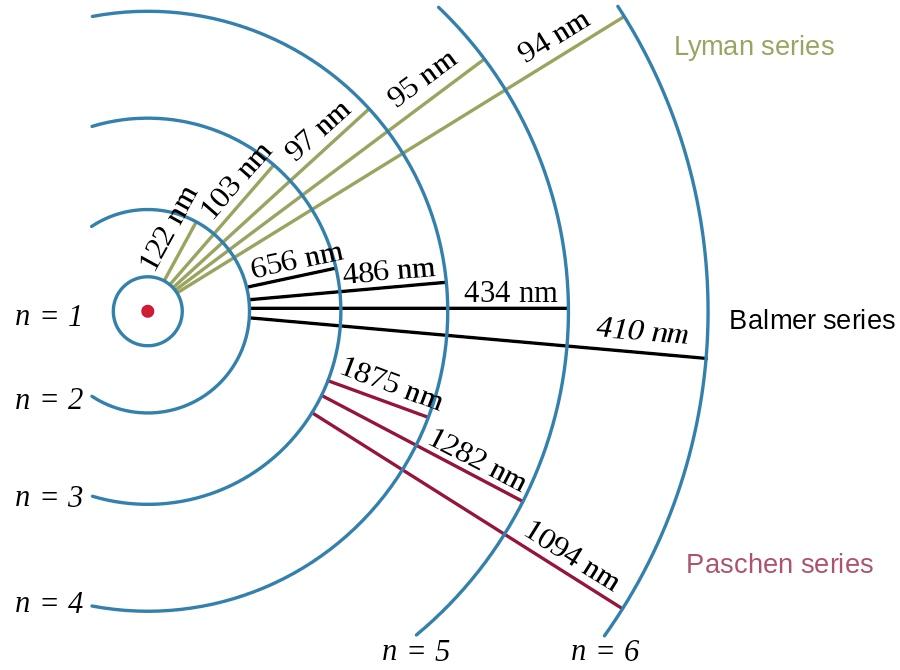
Electronic transitions in a hydrogen atom, together with the wavelengths of the resulting photons, illustrate the binding energy
Finally, these particles can bind with each other in various ways, forming more complex structures - nuclei, atoms, molecules, cells, organisms, planets, etc. This kind of energy is known as binding energy, and it is actually negative. It reduces the rest mass of the entire system, and therefore nuclear fusion occurring in the cores of stars can emit so much light and heat: turning the mass into energy through the same formula E = mc 2 . Over the 4.5 billion-year history of the Sun, it lost about Saturn mass simply due to the synthesis of helium from hydrogen.
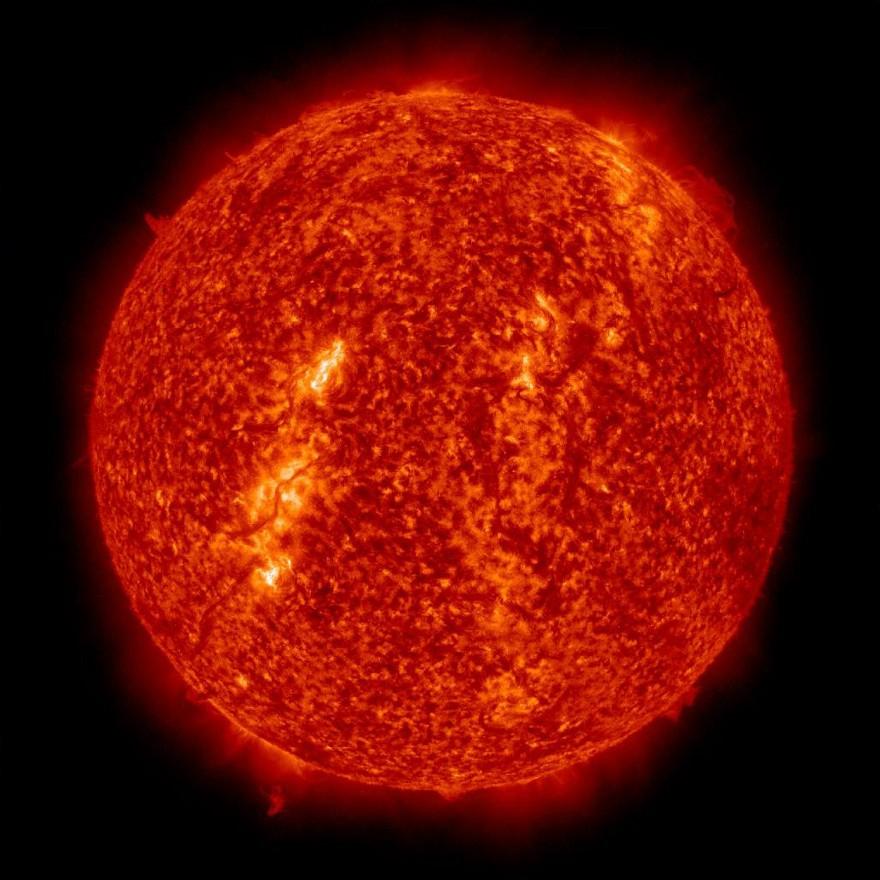
The sun generates energy by synthesizing helium from hydrogen in the core, losing a small amount of mass in the process.
The sun represents another example of energy: light and heat, coming in the form of photons, differing from the energy forms we described. There are also massless particles - particles without rest energy - and these particles, photons, gluons and hypothetical gravitons, move at the speed of light. However, they transfer energy in the form of kinetic energy, and, in the case of gluons, they are responsible for the binding energy inside atomic nuclei and protons.
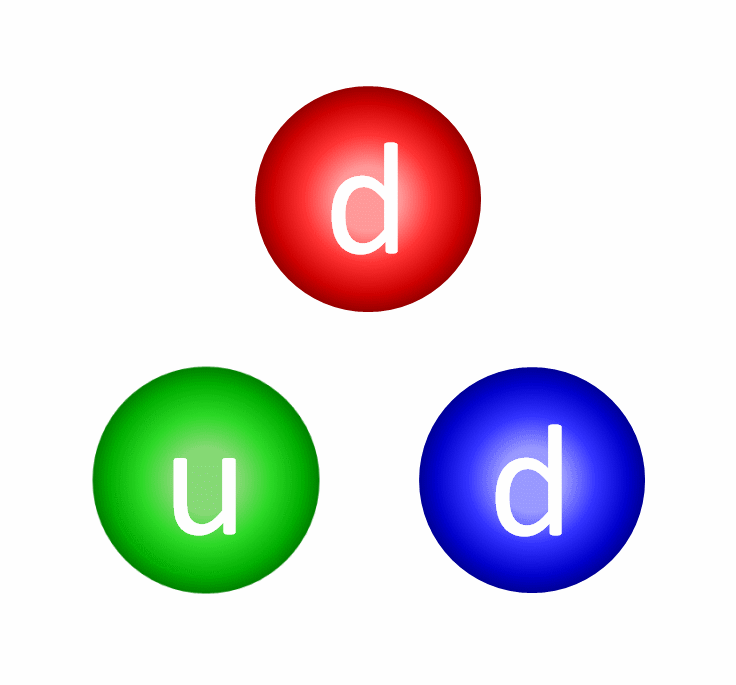
The theory of asymptotic freedom , describing the strength of the interactions of quarks in the nucleus, brought the Nobel Prize to Gross, Wilczek and Politzer.
The fundamental question is whether energy can exist independently of any of these particles. There was a seductive possibility that it exists separately in the form of gravity: for decades we had been watching the orbits of binary neutron stars — two remnants of collapsing stars orbiting around each other. By measuring the pulse duration of the pulsars, when one of the stars sends regular signals in our direction, we were able to determine that these orbits are decreasing and moving closer in a spiral. With an increase in their binding energy, radiation of energy in some form must occur. We could detect the effects of diminishing, but not radiated energy.

For Einstein's neutron stars rotating around each other, Einstein's GR predicts a decrease in orbits and the emission of gravitational radiation.
The only way to explain this was by introducing some type of gravitational radiation: we needed gravitational waves to exist. The first fusion of black holes, detected by the LIGO detector on September 14, 2015, was to test this theory. That day we recorded two black holes, spiraling closer together, and direct gravitational waves emitted by this merger. The original black holes had masses of 36 and 29 solar; the final hole after the merger had a mass of 62 solar.
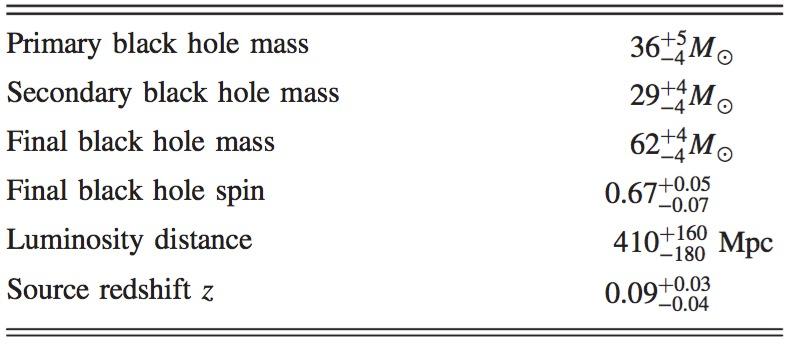
The most important parameters of the merging of black holes September 14, 2015. Note that three solar masses were lost during the merger - but this energy lives in the form of gravitational radiation.
The missing three solar masses were emitted in the form of gravitational waves, and the force of the captured waves exactly coincided with the calculated one necessary for the conservation of energy. Einstein E = mc 2 and energy transfer in the form of particles or physical phenomena was again confirmed.
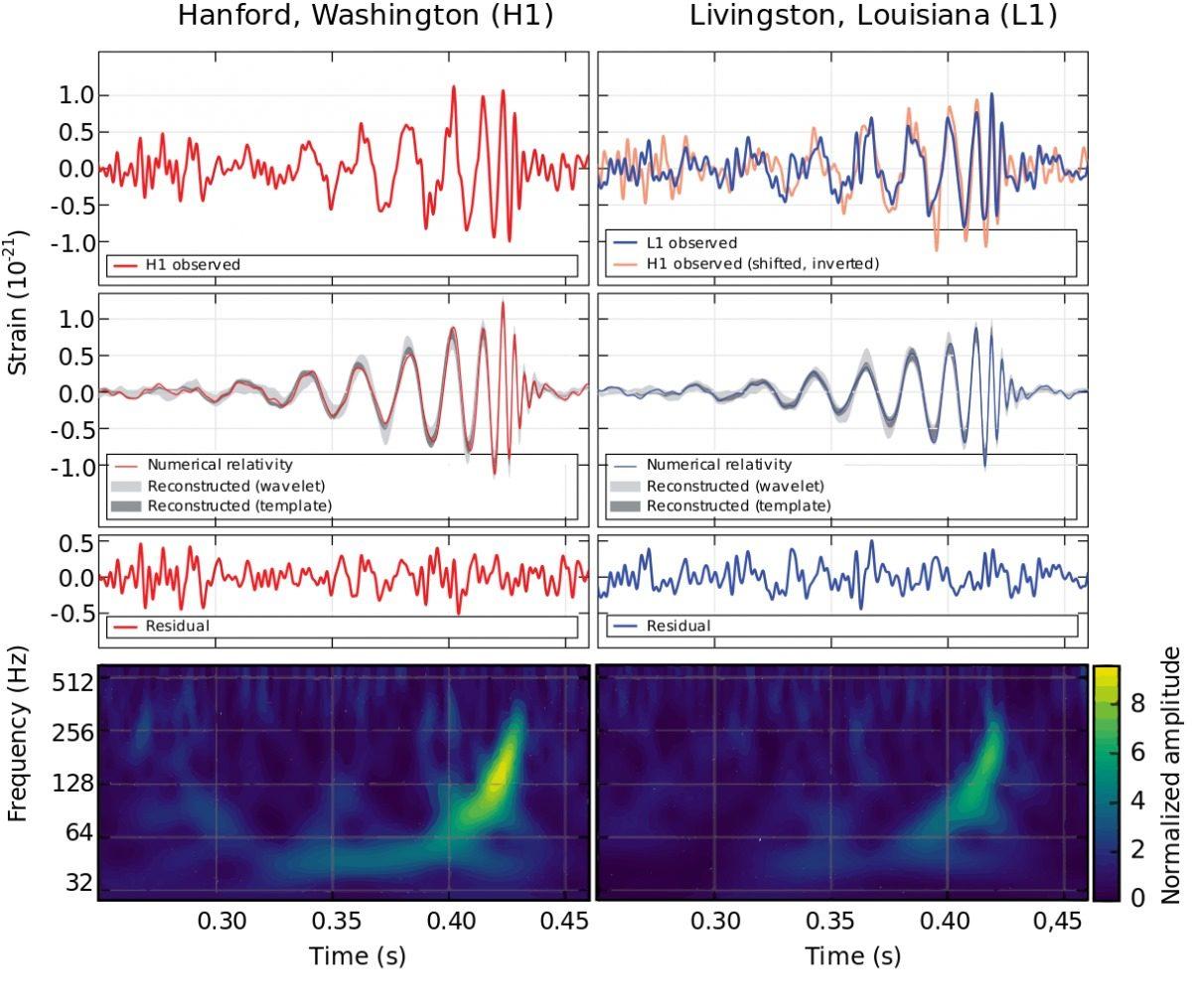
Spiral approaching and merging the first pair of black holes from all directly observed
Energy takes various forms, and some of them are fundamental. The rest mass of a particle does not change with time, just as it does not change from particle to particle. Energy of this type is inherent in everything in the Universe. All other existing forms of energy are associated with it. An atom in an excited state carries more energy than an atom in the ground state - due to the difference in the binding energy. If you want to go to a lower state of energy, you need to emit a photon; it is impossible to make this transition without saving energy, and this energy must be carried away by the particle - even if it is massless.

In this image, one photon (violet) carries a million times more energy than another (yellow). The Fermi Observatory data from two photons from a gamma-ray flash does not show any delay in travel time, which means that the speed of light does not depend on energy
The strange fact is that the photon energy, or any kinetic form of energy (the energy of motion) is not fundamental, but depends on the movement of the observer. If you move towards a photon, its energy will seem to you more (the wavelength shifts to the blue part of the spectrum), and if you move away from it, its energy will be less, and it will appear shifted to the red part of the spectrum. Energy is relative, but for any observer it is saved. Regardless of interactions, energy never exists by itself, but only as part of a system of particles, massive or not.
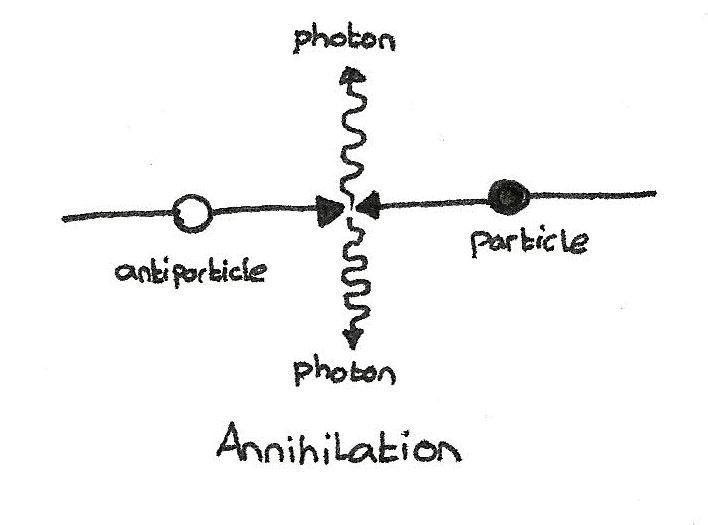
Energy can change forms, even turn from mass to purely kinetic energy, but it always exists in the form of particles.
There is one kind of energy that can probably do without particles: dark energy. The form of energy that causes the Universe to expand with acceleration may turn out to be the energy inherent in the very fabric of the Universe! This interpretation of dark energy is internally consistent and coincides with observations of galaxies and quasars that are distant and receding from us. The only problem is that this form of energy cannot be used to create or destroy particles, and convert between other forms of energy. It seems to be an essence in itself, not connected with interactions with other forms of energy that exist in the Universe.

Without dark energy, the Universe would not have accelerated. But it is impossible to get to this energy through other particles of the Universe.
So the complete answer to the question of the existence of pure energy will be as follows:
• For all existing particles, massive and none, energy is one of their properties, and cannot exist separately.
• For all situations in which it seems that energy is lost in the system, for example, with gravitational extinction, there is some form of radiation that carries this energy, saving it.
• Dark energy may be the purest form of energy that exists regardless of particles, but, with the exception of the expansion of the Universe, this energy is not available for anything else in the Universe.
As far as we know, energy is not something that can be isolated in the laboratory, but one of the many properties that matter, antimatter and radiation possess. Creating particle-independent energy? Perhaps the Universe is doing this, but until we learn to create or destroy space-time, such actions do not come out of us.
Ethan Siegel - astrophysicist, popularizer of science, blog Starts With A Bang! He wrote the books Beyond The Galaxy , and Treknologiya: Star Trek Science [ Treknology ].
All Articles